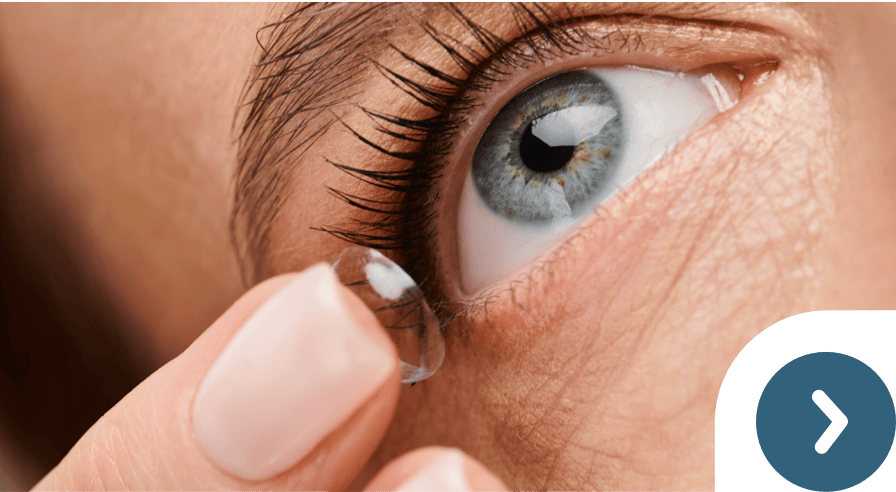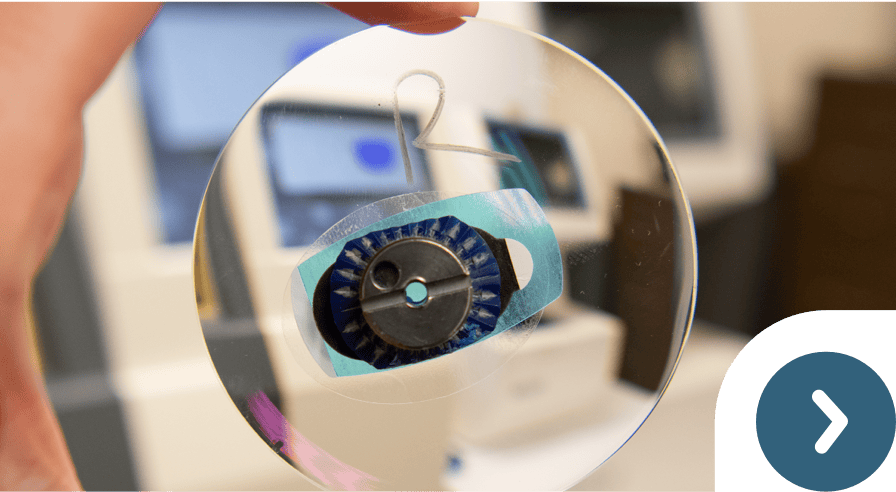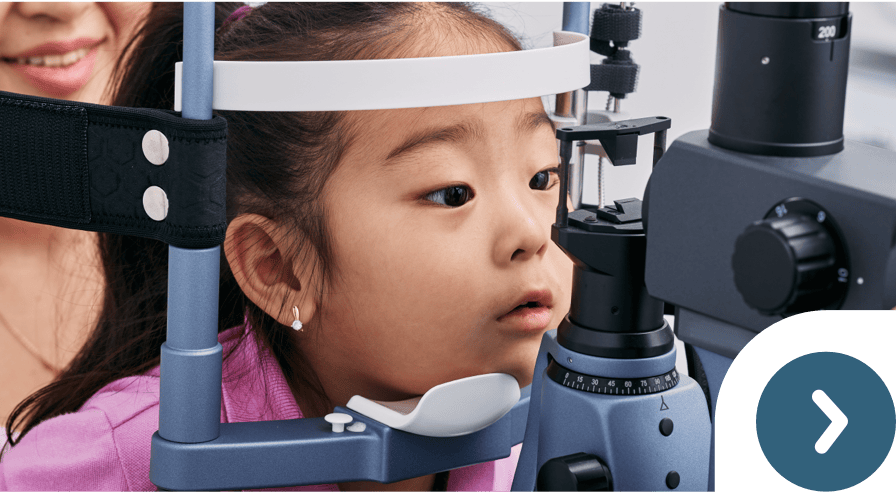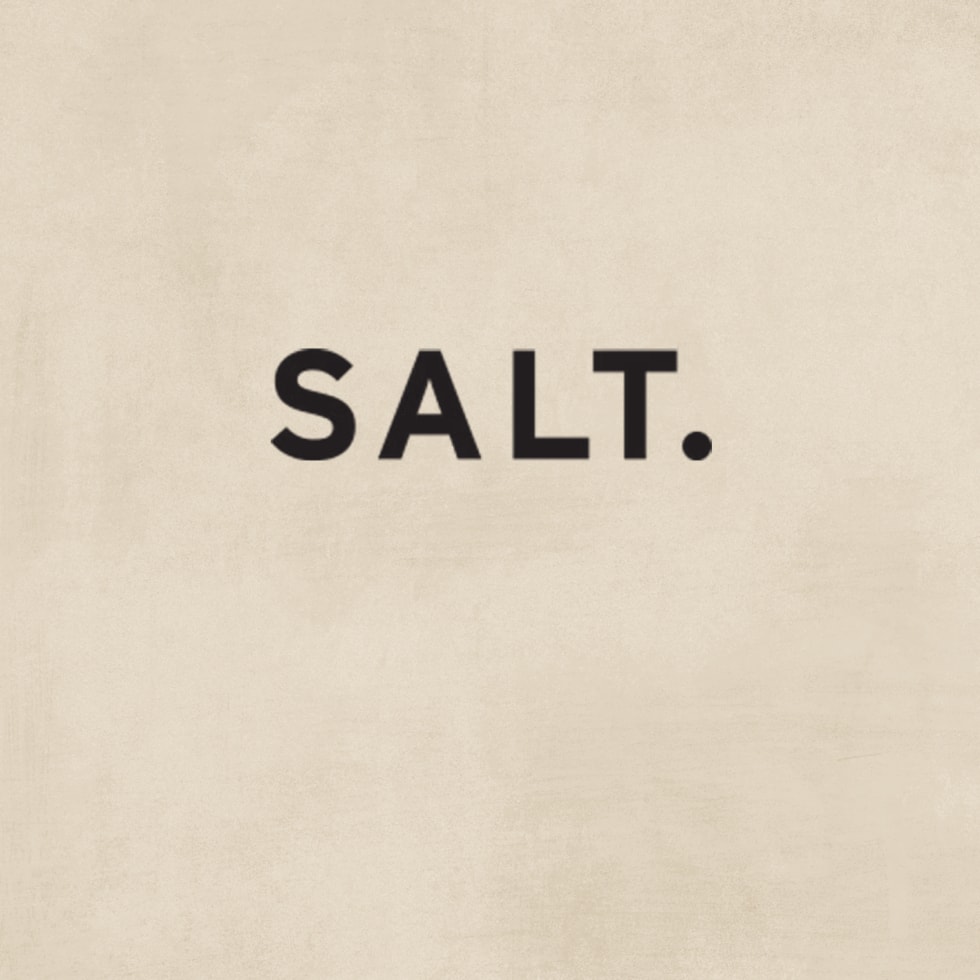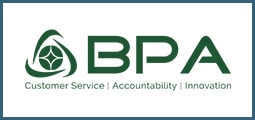If you have dry eyes, the thought of putting in contact lenses might make you wince. You may picture that familiar gritty, scratchy feeling and wonder if contact lenses will only make it worse.
Can you wear contact lenses if your eyes are prone to dryness? Yes, many people with dry eyes can wear contact lenses comfortably with the right strategy and lens choice. It often comes down to a proper contact lens fitting and finding a product designed to work with your eyes.
What It Means to Have Dry Eyes
Dry eye is a common condition that happens when your tears aren’t able to provide enough lubrication for your eyes. This imbalance can lead to a feeling of discomfort and even affect your vision.
The Role of Your Tear Film
Your eyes are protected by a thin layer of tears called the tear film. This film has three distinct layers—oil, water, and mucus—that work together to keep your eyes moist and healthy. If any one of these layers is out of balance, your tear film can evaporate too quickly, leading to dryness.
Common Symptoms of Dry Eye
The symptoms associated with dry eye can vary a bit from person to person. Common signs include:
- A gritty or scratchy feeling, like something is in your eye
- Stinging or burning sensations
- Redness and itchiness
- Blurry vision that comes and goes
- Watery eyes (which is your body’s response to the irritation)
How Contacts & Dry Eyes Interact
Contact lenses rest directly on your cornea, the clear front surface of your eye. Your cornea needs a steady supply of oxygen to stay healthy. Contact lenses tend to limit the flow of oxygen to your eye and/or absorb the moisture of your tears.
This interaction can sometimes lead to dryness, even for people who aren’t otherwise prone to dry eye. For those who already experience dry eye, the wrong kind of contact lens can make symptoms more pronounced, which is why it’s important to learn how to prevent dryness.
Tips for Comfortable Contact Lens Wear
Living with dry eyes doesn’t automatically mean you have to give up on contact lenses. With a few adjustments and good habits, you can often find a pair that works for you.
Choose the Right Type of Lenses
Not all contact lenses are created equal, and some are much better suited for people prone to dry eye. Modern lens technology offers several materials and designs that help retain moisture. Your eye doctor may suggest options such as:
- Low Water Content Lenses: It sounds counterintuitive, but lenses with lower water content need less moisture to stay hydrated. This means they are less likely to pull moisture away from your natural tears.
- Daily Disposables: A fresh, clean pair of lenses every day can make a big difference. Daily lenses also prevent the buildup of protein deposits that can cause irritation and dryness over time.
- Scleral Lenses: These are larger diameter lenses that rest on the sclera, the white part of your eye. They vault over the cornea, creating a reservoir of fluid that constantly bathes the eye in moisture.
Practice Good Lens Hygiene
A consistent care routine is your best friend for comfortable contact lens wear. Following proper wear and care guidelines helps reduce potential irritants that can worsen dry eye symptoms.
- Wash and dry your hands thoroughly before you handle your lenses or touch your eyes.
- Gently rub and rinse your lenses with fresh solution every time you take them out.
- Never top off old solution—always dump it and use fresh solution.
- Replace your lens case at least every three months to avoid contamination.
What to Do if a Lens Feels Stuck
If your eyes feel too dry to remove your contact lens easily, don’t try to force the lens out. Instead, use rewetting drops to moisten the lens and your eye. Blink a few times, and the lens should become looser and easier to remove safely.
If your lens remains stuck, visit your optometrist. Don’t try to force it out yourself.
Give Your Eyes a Break
It’s a good idea to give your eyes a rest from contact lenses during the day. Consider wearing your glasses in the morning while you get ready or in the evening as you wind down. This allows your eyes to breathe and get nourishment from your natural tear film.

When Are Contacts Not a Good Fit?
In some cases, contact lenses may not be the most comfortable form of vision correction. This can be true for people with more significant dry eye or other specific eye health conditions. The constant presence of a lens, even a breathable one, might just be too much for sensitive eyes.
If you find that contact lenses continue to cause discomfort despite trying different types, don’t worry. At Westmount Optometrists, we can perform a contact lens exam and fitting to try to find lenses that correct your vision while minimizing symptoms of dry eye. If chronic dryness is a concern, we also invite you to learn more about our specialized dry eye therapy services.
Book your appointment today!


